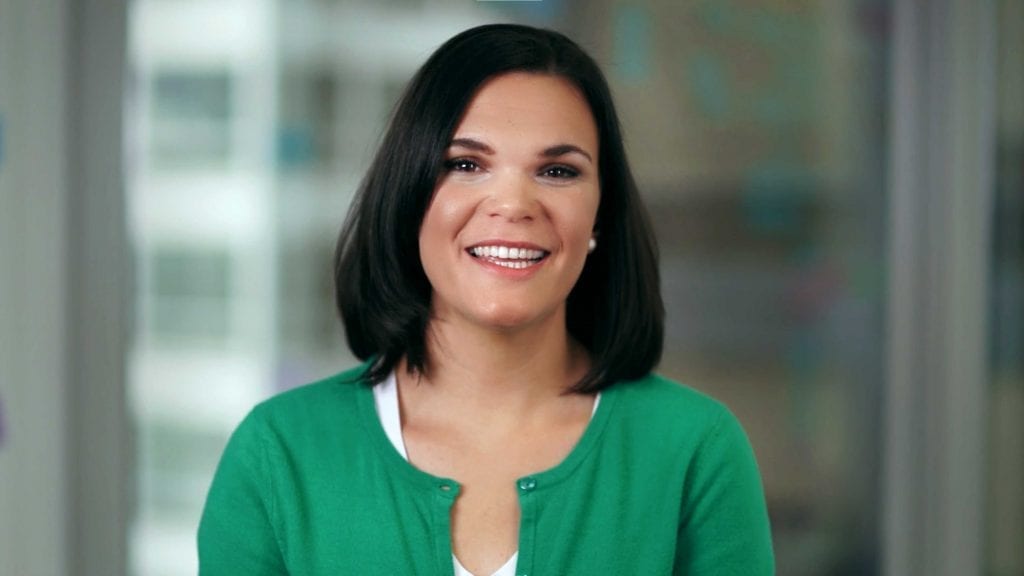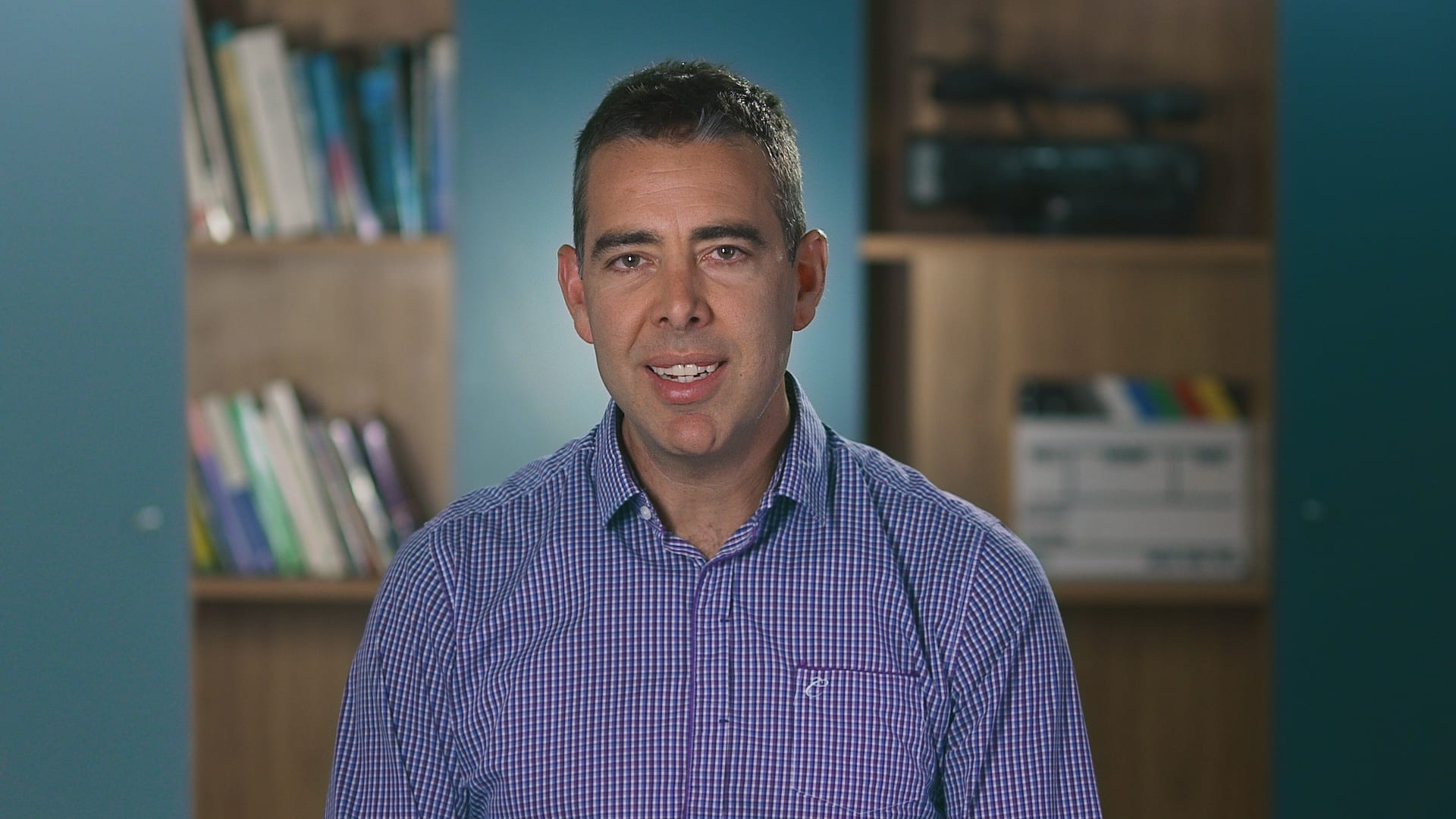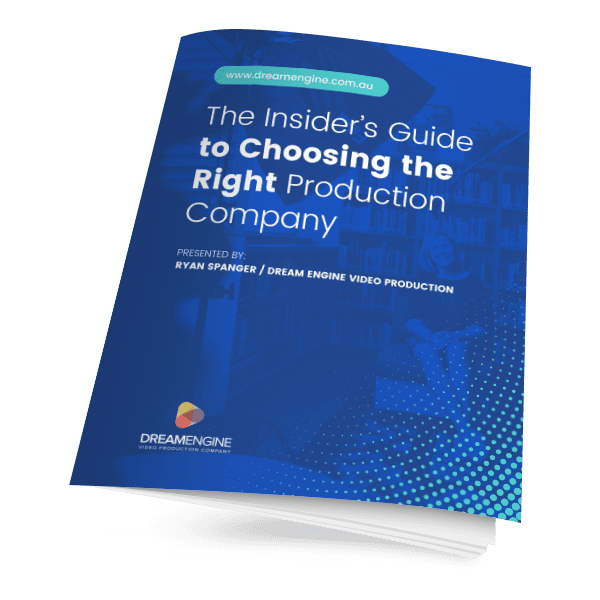How to Be Yourself on Camera During an Interview
If you’re doing meaningful work, there’s a good chance you’ll be interviewed on camera at some point. Maybe you’re explaining a project, sharing an idea, representing your organisation, or speaking on behalf of your team.
Over the past twenty years, I’ve filmed hundreds of interviews for businesses, universities, government departments and community organisations. One thing has become clear. The people who come across best on camera aren’t the most polished or rehearsed. They are the ones who are comfortable being themselves.
But that can be harder than it sounds.
Why It’s Hard to Be Yourself on Camera
When the camera starts rolling, something strange often happens. People shift into a different version of themselves. The tone changes. The posture stiffens. A protective layer appears.
Underneath that is usually one thing:
Fear.
- Fear of being judged
- Fear of making a mistake
- Fear of not sounding smart enough
- Fear of being seen
This fear makes people tighten up. And when that happens, the message loses impact, because the real person disappears.
Just acknowledging that this fear exists is the first step in softening it.

Reframe What the Interview Is For
Instead of thinking:
“This is about me being judged.”
Try:
“I am here to help someone understand something.”
Once your focus shifts from how you look to how you can help, your delivery becomes clearer, calmer and more natural.
This is the mindset that consistently makes people sound like themselves on camera.
A Small Example
Recently, I filmed a researcher at a Melbourne university. She was worried about sounding unqualified. Each answer came out tight and formal.
We paused. I asked her why she cared about the work she was doing.
She talked for three minutes straight, naturally, clearly and with genuine feeling.
We continued the interview from there. It was one of the strongest on-camera deliveries I’ve seen. Nothing “performed.” Just someone speaking about something they cared about.
The difference wasn’t confidence training. It was remembering the purpose.
Don’t Script. Prepare.
A video interview is a conversation, not a performance. Scripting every word usually makes you sound flat and rehearsed.
Instead, prepare around three simple points:
- What is the key message I want to share?
- Who is the audience?
- What do I hope they understand or do after watching?
This gives clarity without forcing delivery.
Trust the Filming Process
A good camera crew wants you to look and sound your best.
Only the strongest moments will be used in the final edit.
If you stumble, you simply start the sentence again.
There are as many takes as needed.
There is no pressure to get it right in one go.
Once you understand this, the experience becomes much lighter.
And just remember, the job of the camera crew and the interviewer is make you look good. Only the best bits of the interview will be used. And if you mess something up, you can have another go.
So get out there. Use your voice. Share your ideas, and enjoy the process 🙂
On-Camera Interview – Frequently Asked Questions
What if I freeze during the interview?
Pause, breathe, and start the sentence again. It will not appear in the final edit. Interviews are full of do-overs.
Where should I look?
Usually at the interviewer, not the camera. Your videographer will guide you.
What should I do with my hands?
Let them move naturally. Restricting them can make you look tense. The camera crew will frame your posture.
Should I memorise answers?
No. Know your message, not your lines. Speak naturally.

Ryan Spanger is the founder and managing director of Dream Engine, a Melbourne-based video production company established in 2002. With more than two decades of experience, Ryan has helped leading Australian businesses, government departments, and non-profits communicate their message with clarity and impact through video. He’s known for his strategic approach, reliable process, and commitment to producing videos that deliver measurable results.

